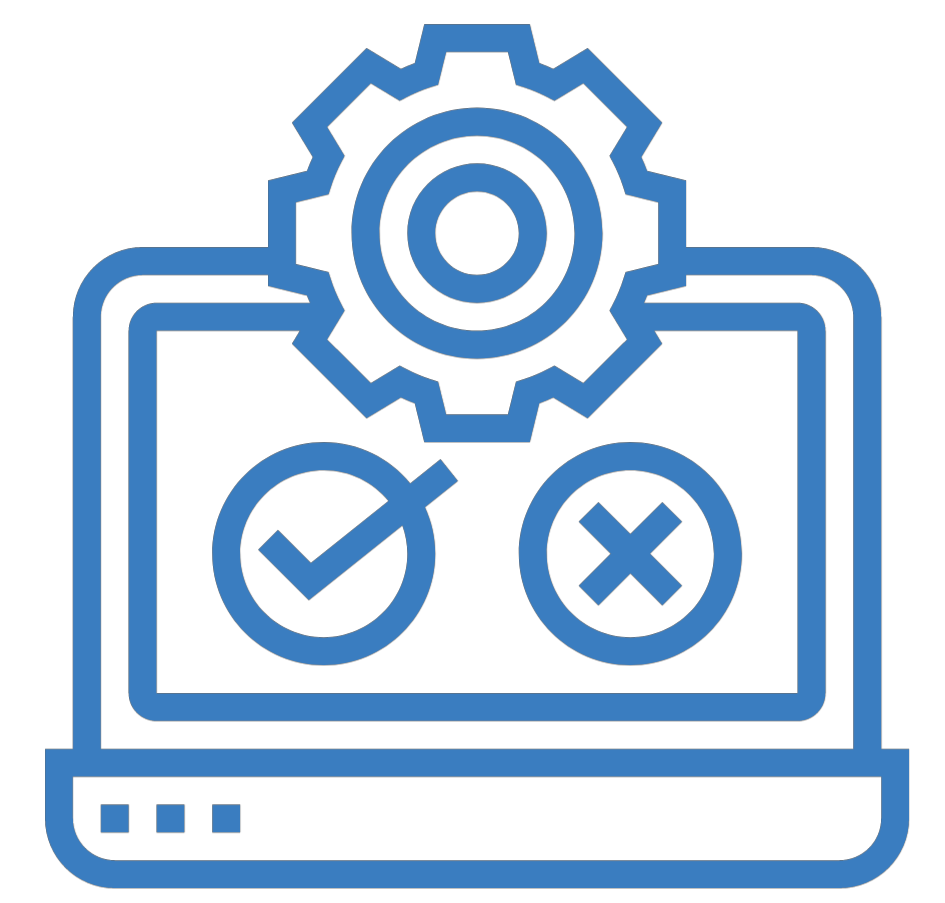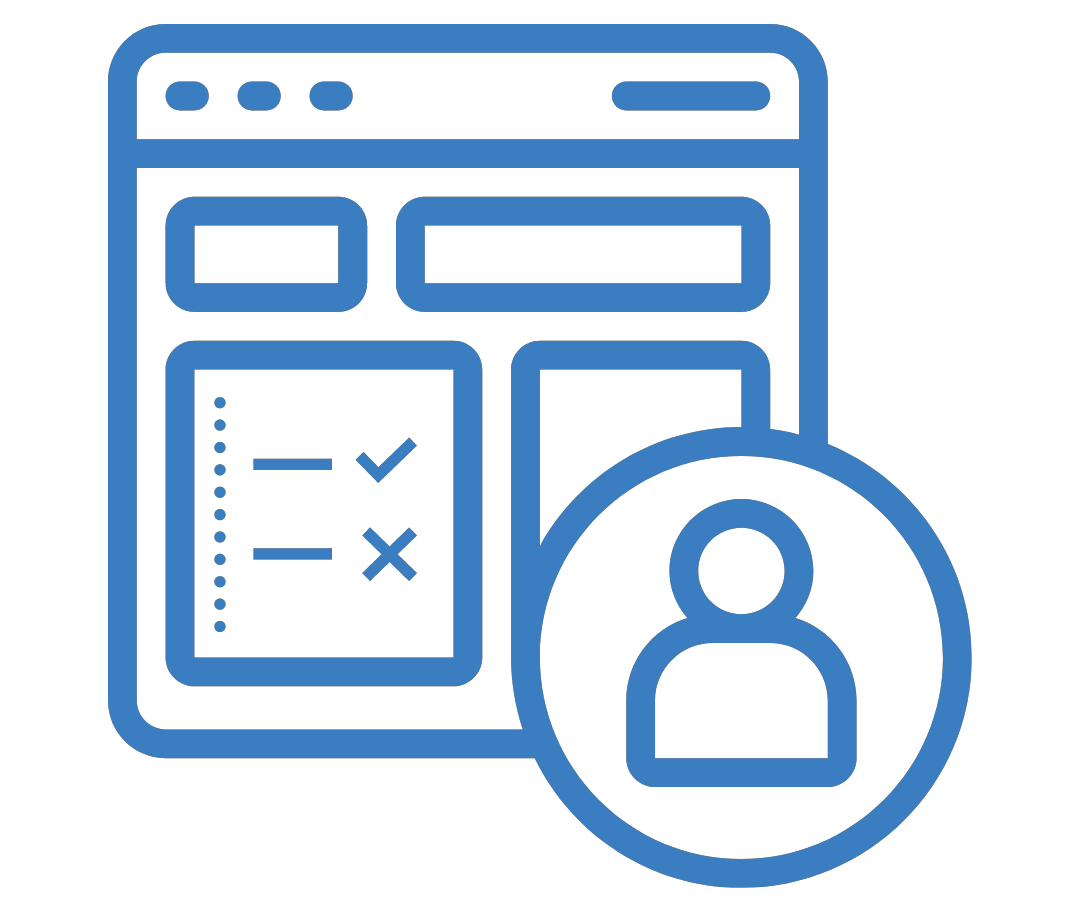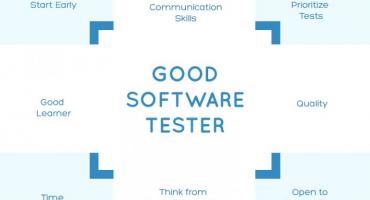Comparing SIT VS UAT To Unwrap Their Key Differences In QA!

Technology carries on evolving at the speed of light! However, one element remains constant—ensuring the quality and reliability of software is top-notch at all times. That's where Quality Assurance and software testing services come in.
According to MarketWatch, the industry for these services is anticipated to see significant growth in the coming years, with projections of reaching a multimillion-dollar size by 2029! Clearly, companies and profit makers are making it a priority to not miss out on the opportunity to give their businesses a competitive edge by investing in these essential services.
Yet, if you want high-quality products, you have to get your facts right first. What do we mean by that? Well, there is a lot of ambiguity around QA, UAT, and even SIT for that matter. In this blog, we will compare the UAT and SIT testing difference and learn how these key differences are crucial to the QA process.
SIT (System Integration Testing)

The SIT testing definition revolves around System Integration Testing and evaluates the seamless integration of all the systems that make up your final product. Think of it as a dress rehearsal for your software's big debut.
UAT (User Acceptance Testing)

On the other hand, to define UAT testing, you need to know that UAT is the final step, ideally conducted by a UAT tester before release. A study on Project management done by the IT department of Stanford University revealed that User Acceptance Testing (UAT) is not just about picking from a set of predetermined options, like in a menu-driven style of testing.
Instead, it's a procedure that verifies an app's ability to meet the specific requirements and expectations of end-users. In other words, UAT is the final taste test to ensure the app is up to par before it's served to the public.
Both are popular and in-demand software quality assurance services. These tests ensure a product meets the highest standards of quality and user satisfaction.
Now, what are the other crucial differences between these two testing categories that you need to know? Let’s find out!
Key Differences Between SIT and UAT

To know what is the difference between SIT and UAT testing, you need to know what they involve and how are these processes performed.
SIT (Systems Integrated Testing)
- One of the significant parts of software quality assurance services involves testing interfaces between different modules of a system.
- Performed by developers and testers.
- Done after unit testing and before system testing
- Another UAT and SIT testing difference is that in SIT, you detects problems like data flow and control flow errors.
- Two types of integration approaches (Top-down and Bottom-up).
UAT (User Acceptance Testing)
- The difference between UAT and system testing is that in UAT, we test software from the user's perspective to ensure it meets their requirements.
- Performed by a UAT tester or end users (if that’s available).
- Done at the end of the development process after system testing.
- In UAT, you recognize functionality issues or non-working features according to user requirements.
- Has two categories (Alpha and Beta).
The Basic Definitional Difference
Now that you know what's the difference between SIT and UAT, let’s move on to the system integration testing process. The primary goal of any organization, whether it be a startup or an enterprise, is to deliver superior products to its customers.
To achieve this objective, a comprehensive review by an expert Quality Assurance team is essential. These engineers thoroughly examine the products and conduct tests to obtain valuable feedback from product owners and end users.
SIT and UAT are two distinct stages of software testing that are crucial for this entire process to target expected outcomes. These tests involve different sets of protocols and procedures.
SIT, or System Integration Testing, involves evaluating the integration of various systems, which could be:
- Hardware-hardware integration
- Software-software integration
- Hardware-software integration
For instance, an e-commerce website that utilizes a payment gateway is an example of software-software integration. On the other hand, a car that employs internal sensors is an example of hardware-software integration.
The User Acceptance Testing process flow involves an assessment done by a proficient UAT tester on whether the product meets three types of validation. These are
- Functional acceptance
- Operational acceptance
- Regulatory acceptance
Individuals or Teams In-charge
So who does system integration testing? SIT is carried out by specialized developers and testers, who ensure all components of the software work together seamlessly.
While you now know who performs system integration testing, UAT is done by the end-users or ideally by a professional UAT tester, to ensure the software meets specific goals.
Different teams are responsible for SIT and UAT. This allows for a number of benefits, which are:
- Faster issue resolution
- Clear task assignment flexibility
- Efficient troubleshooting method identification.
Now that you know about the individuals in charge during user acceptance testing and who does user acceptance testing, you get a better idea on how all of these benefits contribute toward providing robust software products.
Order Of Testing
To make this process practical and effective, there’s a specific order of testing in SIT and UAT QA process. There is a certain order of conducted tests that need to be maintained.
So, what comes first, UAT or SIT?
SIT is done first, after system assembly, as it focuses on testing the integration of different system components. While UAT is done before product release, from an end-user perspective, to ensure that the product meets their requirements and expectations.
Typically, it begins with unit testing, then progresses to integration testing, system testing, and finally, user acceptance testing.
By following this order, any issues can be identified and resolved at an early stage, making them less costly and time-consuming to fix.
Additionally, UAT, being the last phase, gives the user a chance to test the software in a real-world scenario and provide feedback before it is released to the market.
Contrasting Types of Detected Defects
The difference in the types of defects generated during System Integration Testing and User Acceptance Testing highlights the distinct focus of each phase in the software development process.
SIT is one of those types of software quality assurance services that emphasizes the internal functioning and technical aspects of the software, resulting in defects related to control flow and data flow.
Conversely, UAT focuses on the user experience and the software's alignment with business requirements, leading to defects related to usability and missing features.
Both Work with Discrete Mechanisms
Once you decide to get software quality assurance services for the System Integration Testing process, the team in charge will consider each individual component of your system and seamlessly piece these together. This procedure is meant to ensure the smooth functioning of the entire structure.
The process of SIT includes creating test cases and executing them to uncover any lurking errors or bugs, such as UI errors, data flow errors, and interface errors.
On the other hand, the User Acceptance Testing process flow involves end-users of the software to confirm that it meets their expectations.
It involves creating a UAT plan based on the requirements gathered from end-users, formulating realistic scenarios, preparing test cases and test data, and then executing the test cases to check for errors.
If no errors are found, the project is sent to production. However, if any bugs or flaws are discovered, they must be addressed promptly before the release.
Different Categorizations of SIT and UAT
There are different categorizations of SIT and UAT. If you look at the categories of SIT testing , there are two main approaches:
- Top-down
- Bottom-up
Top-down: The top-down approach is like climbing a pyramid, starting at the top and working downward. It integrates modules by moving them downward in the hierarchy, using dummy modules called stubs to test lower-level modules.
Bottom-up: The bottom-up approach, on the other hand, is like laying the foundation first. It starts with testing the building blocks of the system, utilizing specialized programs called drivers to see if top-level modules are not ready.
There are two categories of UAT testing:
Alpha testing: which is like a dress rehearsal. It is performed at the developer's site under the developer's control.
Beta testing: In this scenario, the real performance takes place at one or more customer sites by end-users.
Beta testing only occurs after Alpha testing is completed, and it is not under the developer's control.
Overall, SIT and UAT are significant to the testing of software since they are developed to focus on a product's quality and dependability. Both tests are vital to providing clients with top-notch products and are vital to the software quality assurance process. To ensure the success of their products, firms must recognize the UAT and SIT testing difference points and effectively incorporate them into their QA process.
SJ innovation provides affordable software quality assurance services using up-to-date approaches and tools. Hire a UAT tester now to groom your next software before its big release!

Emotional Intelligence in Project Management

Qualities to Become a Good Software Tester


